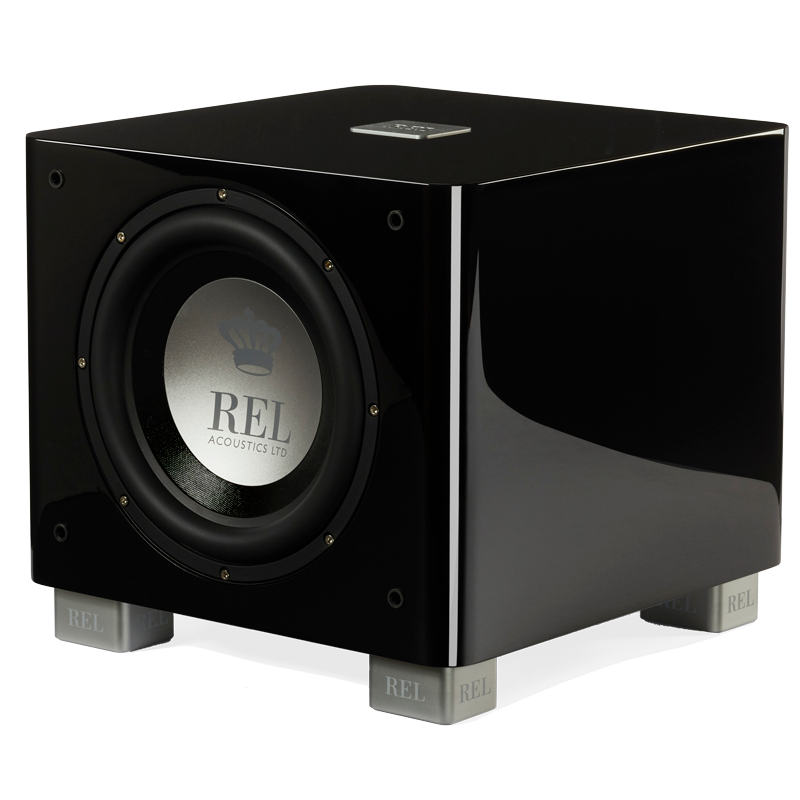Blog
How to Break In A Subwoofer
So, subwoofer break-in, in some quarters is something of a controversial topic. I can’t imagine why. You have really two things that are significant. You have a driver that is stiff and unformed. The suspension needs to run in mechanically, and then you have an amplifier that has a huge power supply that needs to charge up, and this can take two to three days. We know this in every other walk of our high end life somehow subwoofers are not supposed to go through this. It’s insane.
0:30
The first thing you need to do is run extremely low bass through the subwoofer at moderate volume for about 15 to 20 minutes. Ease into it. Let the poor thing get warmed up and cycling. Don’t try and take a subwoofer out of the box, any manufacturers’, and turn it right up to 10. You’re going to be extremely disappointed. It won’t do what you hope it’s going to do. Let it run for 15 or 20 minutes at a moderate level. Everything starts to seat in. And then I’d encourage you to, and especially if you’ve got a family, take the family out for dinner.
1:00
Leave it on fairly loud for about two hours. And when you come back, you’ll find that the subwoofer is playing about twice as loud as before you left. You haven’t changed anything, it just seated in. As the driver seats in and gets more flexible all the polymers start to warm up and loosen up a little bit It produces more energy, more efficiently. The second part of it takes about two or three days. This is where we’ll, for example, go into a reviewer’s home and set the piece up perfectly.
1:30
It sounds great. We leave at 10 o’clock that night. The reviewer is ecstatic. We check back in with him the next morning, and he goes, “is it just me or does it just seems like it’s really loud, almost bloated?”
Yeah, the power supply is charging, so it’s not unusual, especially with our higher end models to wind up having a turn it down two, three, four, five clicks over the next two days. It’s not your imagination. If it starts to seem like it’s playing louder, it is. Turn it down a click, perhaps two, and you’ll hear it go back into balance. The next day you may have to do it again and it’ll be another click or two.
2:00
And this is just the capacitors largely, expanding and contracting, expanding and contracting until they form to their maximum defamation that they need in order to operate ideally as capacitors. That process is just inherent to the physics of the way power supplies are physically constructed.











